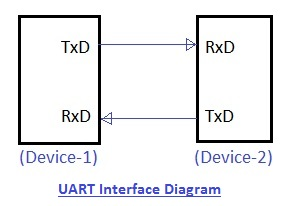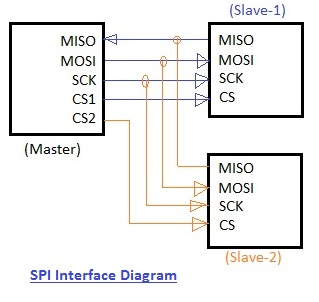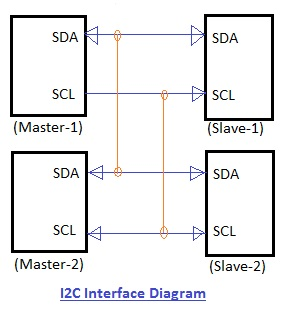Fun fact:
If you’re familiar with software engineering interview prep, this is commonly known as the hardware equivalent of fizzbuzz for electrical engineers! ![]()
Fun fact:
If you’re familiar with software engineering interview prep, this is commonly known as the hardware equivalent of fizzbuzz for electrical engineers! ![]()
Communication protocols are directly linked to the hardware interfaces people use in microcontroller development. More informally, think of the way in which different modules can talk to each other!
Any consumer electronic device you use relies on these different communication protocols which have individually have unique strengths.
UART: Universal Asynchronous Receiver/Transmitter
UART is the simplest and most commonly used serial communication protocol for the host to communicate with auxiliary units
Uses two datalines, one to transmit (TX) and another to receiver (RX)
Asyncronous serial transmission protocol (no clocks), so baud rate must be set equal for devices
Also referred as the RS232 Interface
UART is used in common applications like GPS receivers & bluetooth modules

SPI: Serial Peripheral Interface
Used for high-speed applications, supports speed up to 10-20 Megabits/second
Operates at full-duplex where data can be sent and received simultaneously
Clock is generated by master device, so data transfer is synchronized
Similar to I2C, but specially designed for microcontrollers to connect

I2C - Inter-Integrated Circuit

Reference Resources: